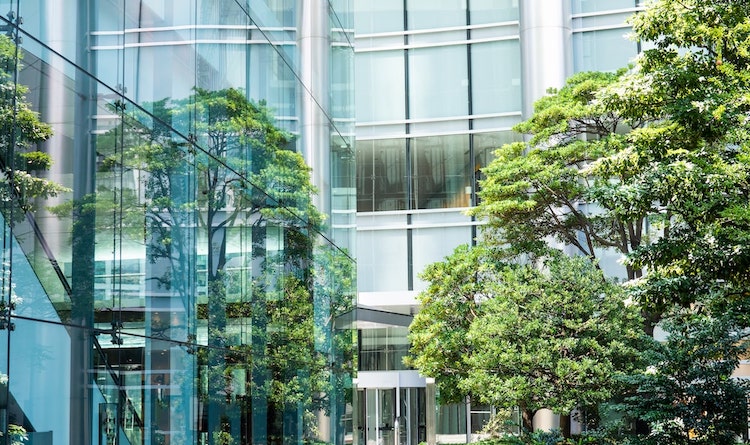Author
Many suppliers and funders involved in the Green Deal initiative would say it is no great surprise the take-up of the financing available under the current scheme has been so sluggish. It is possible, however, that out of the ashes of the current scheme will emerge a range of alternative funding solutions.
Update (20 August 2013): For the latest news and comments on the (disputed) take-up figures.
The Green Deal was designed to create a funding mechanism which would enable both householders and commercial property owners to benefit from energy efficient improvements to their properties without any up-front costs. Consumers borrow money from Green Deal providers to invest in green installations in their properties, and pay the loan back through a charge on top of their energy bills.
Although the ideal is that consumers will never have to pay back more than they are actually saving, there is no guarantee that this will always be the reality. This lack of certainty regarding pay-back has inevitably affected consumers’ confidence, and therefore initial participation in the scheme has not been as the Government had anticipated or hoped.
This is not the only uncertainty that shadows the Green Deal. The fact that the loan is attached to the property, rather than the occupant, means that there may be difficulties associated with any future sale. Despite the requirements for transparency that the initiative imposes, there is still potential for sellers to be against the wall if prospective buyers do not want to shoulder the loan.
Many groups have argued that there is a need to increase incentives to participate in the scheme, and in particular, more inducements for landlords. The need for mutual agreement between landlord and tenant to partake in the Green Deal could mean that without continued government encouragement, a significant proportion of UK properties will continue to be outside the scheme.
Nevertheless, there is a demand for planet-friendly technology and an energy market for private-sector solutions. For example, our financial services client, Pay4Later Limited, has just launched its own green energy finance division which is proving to be very popular with energy installers who want to offer a credit solution to their customers at the point of deciding to buy solar panels or new boilers. Pay4Later have used the experience gained whilst working (with us) on early Green Deal proposals to fine tune a user-friendly App which can be used by the installer in the home of the customer (subject to important but streamlined consumer finance/credit agreement regulations). Other private-sector lenders are also “cutting out the Green Deal middle-man” and offering arrangements which avoid the disadvantages mentioned above.
The Green Deal may re-emerge in version 2, taking into account a number of the prior consultation and post-launch criticisms raised by installers, home builders and consumer finance watchdogs to offer a meaningful route to accelerate the take-up of energy-saving/renewable energy producing measures. In the meantime, however, it is clear that there is customer demand for financing solutions for the relevant technologies and that the funding gap is now being addressed by sector-specialist lenders.
For more information on this subject, please contact Richard Cobb at Richard.cobb@michelmores.com
Print article

